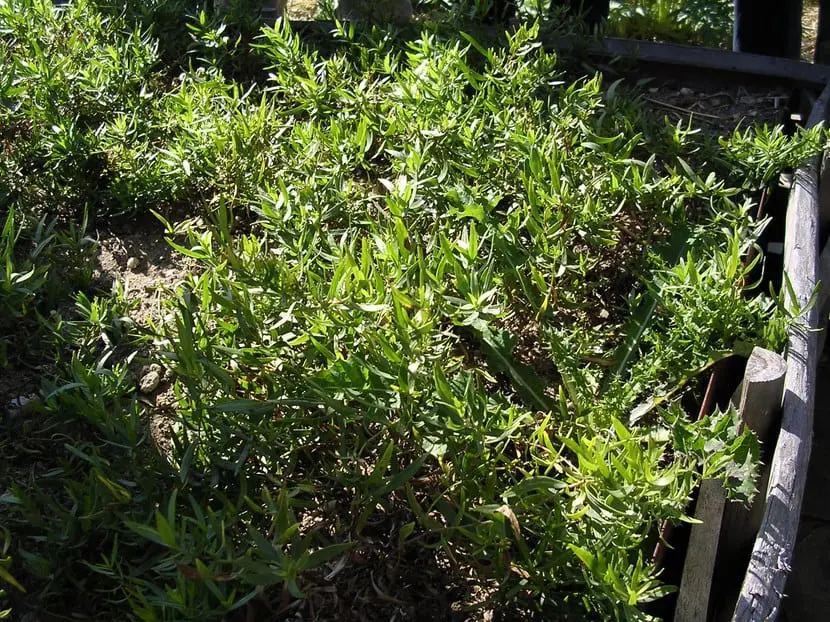Tarragon is an herb that you must have at home if you like to cook. With a somewhat robust flavor, between bitter and aniseed, it is usually part of the herb mixtures used to marinate meat or fish. You can grow it yourself as it is an easy herb to have at home.
If you want to grow tarragon , it is time to know its needs and characteristics in order to offer the plant everything it needs to develop without complications.
Biography
Tarragon is a perennial herb that belongs to the Compositae family. It is believed to be native to Central Asia although no one can confirm this for sure. Today it grows wild in southern Europe and is also cultivated in the fields of northern Europe. There are several types, although the most used are the French and Russian tarragon, which have been baptized with the name of the place where they live.

The plant is quite small so you can grow it in a pot. It grows to 60 to 120 cm and is a clump-forming plant.
Tarragon Needs
To thrive, tarragon must have deep, permeable soil. It does not tolerate clay or moist soils and needs soil with a slightly alkaline pH. On the other hand, it is important that the plant is located in an airy and cool place because humidity is a problem for it. For this reason, attention must be paid to watering, which must be regular but not excessive to avoid waterlogging. The ideal is a temperate climate because tarragon is difficult for temperatures that are too high or too low.
The plant is multiplied by cuttings so to have your plant you must have one and let it take root and then transplant it and water it, always between the months of April and May. Under normal conditions, it should sprout after a month and a half.
The tarragon harvest occurs in summer, so it is a good time to cut the tender stems, always before they flower. Always cut to 10 cm. from the ground so that the plant can resprout. Once cut, let them rest in a ventilated place to dry.
Plagues and diseases
Among the most common pests and diseases are those linked to fungi, which tend to attack the plant when the habitat is too humid. The most frequent is rust, which is produced by a fungus and whose symptom is the appearance of reddish spots on the leaves.

